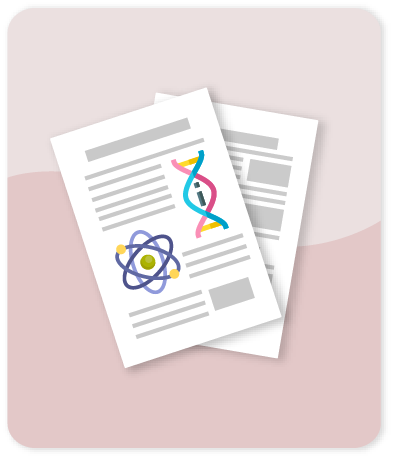Unravelling the influence of surface functional groups and surface charge on heavy metal adsorption onto carbonaceous materials: An in-depth DFT study

Compartir este ítem
Fecha
2024Autor
Flórez E
Jimenez-Orozco C
Acelas N.
Citación
Metadatos
Mostrar el registro completo del ítemResumen
Theoretical analyses were explored for the adsorption of heavy metals in aqueous systems, focusing on the influence of surface charge and functional groups of carbonaceous materials. The approach involved the meticulous assignment and interpretation of active adsorption bands, achieved through modelling of Fourier Transform Infrared (FT-IR) and X-ray Photoelectron Spectroscopy (XPS) spectra. Additionally, atomic charges were analyzed, utilizing their chemical properties to glean valuable insights into the atomic-level intricacies of the adsorption process. The structural parameters of the carbonaceous surface reveal that in unsaturated models, heavy metals preferentially adsorb onto neighboring carbons due to facilitated electron transfer. Conversely, adsorption predominantly occurs in saturated models within functional groups, except for interactions involving the phenolic group, where it occurs on the carbonaceous matrix. Overall, negative ΔG values were observed across a range of temperatures from 285 to 315 K, as evidenced by Gibbs free energy values ranging from −72.93 kcal/mol (Ni2+ on carboxylate) to −4.98 kcal/mol (Cd2+ on ketone), confirming the spontaneous and thermodynamic feasibility nature of the adsorption processes for heavy metals on biochar across all evaluated functional groups, following the trend Ni2+ > Zn2+ > Co2+ > Cd2+. These trends can be rationalized in terms of: a) the size-dependence, where smaller cations such as Ni2+ (0.69 Å) form more stable adsorption complexes than Cd2+ (0.95 Å); b) charge transfer, higher adsorption energy (-55.60 kcal/mol) corresponds to a greater magnitude of charge transfer (0.32e); and c) the electronegativity of the respective metals, which are as follows: 1.367 for Ni2+, 1.349 for Co2+ and 1.336 for Zn2+. Consequently, Ni2+ exhibits a greater propensity to accept electrons from oxygen biochar than Co2+ and Zn2+ atoms. Finally, the assignment of IR and XPS is challenging in the laboratory, facing several endeavours. Our findings indicate a notable shift in the C―O stretching signal from 1631 cm−1 (in the clean system) to 1652 cm−1 upon Cd2+ adsorption, with Co2+, Ni2+, and Zn2+ showing shifts to 1690 cm−1 and 1685 cm−1 for the latter two cases, respectively. Therefore, the theoretical signals reported in the current work are a helpful tool as benchmark data to address and complement further experimental information. Indeed, the modelling of IR and XPS fit with some experimental values for some representative cases, implying appropriate modelling of the above systems. © 2024 Elsevier Ltd
Colecciones
- Indexados Scopus [1813]
Ítems relacionados
Mostrando ítems relacionados por Título, Autor o Palabra clave.
-
Acetylene adsorption on δ-MoC(001), TiC(001) and ZrC(001) surfaces: A comprehensive periodic DFT study
Jimenez-Orozco C.; Florez E.; Moreno A.; Liu P.; Rodriguez J.A. (Royal Society of ChemistryFacultad de Ciencias Básicas, 2017) -
Systematic Theoretical Study of Ethylene Adsorption on δ-MoC(001), TiC(001), and ZrC(001) Surfaces
Jimenez-Orozco C.; Florez E.; Moreno A.; Liu P.; Rodriguez J.A. (American Chemical Society, 2016) -
Acetylene and Ethylene Adsorption on a β-Mo2C(100) Surface: A Periodic DFT Study on the Role of C- and Mo-Terminations for Bonding and Hydrogenation Reactions
Jimenez-Orozco C.; Florez E.; Moreno A.; Liu P.; Rodriguez J.A. (American Chemical SocietyFacultad de Ciencias Básicas, 2017)
